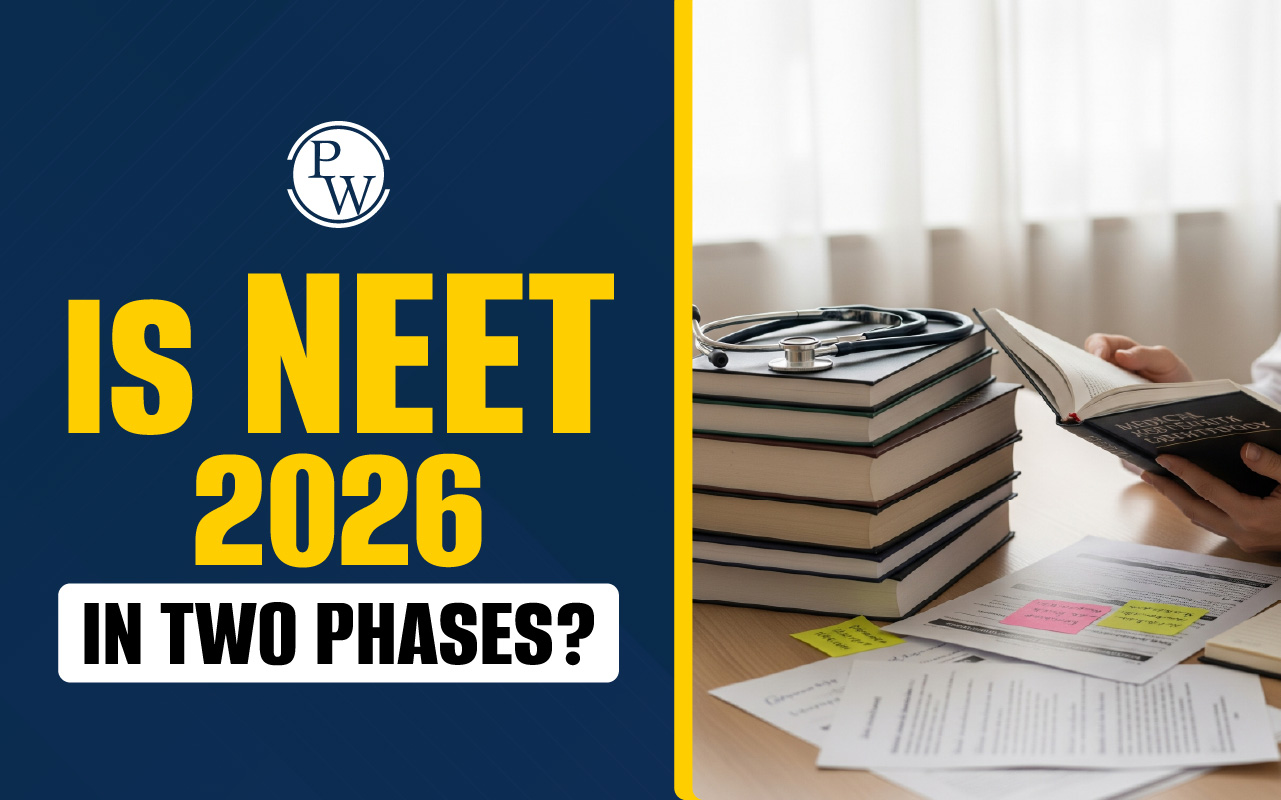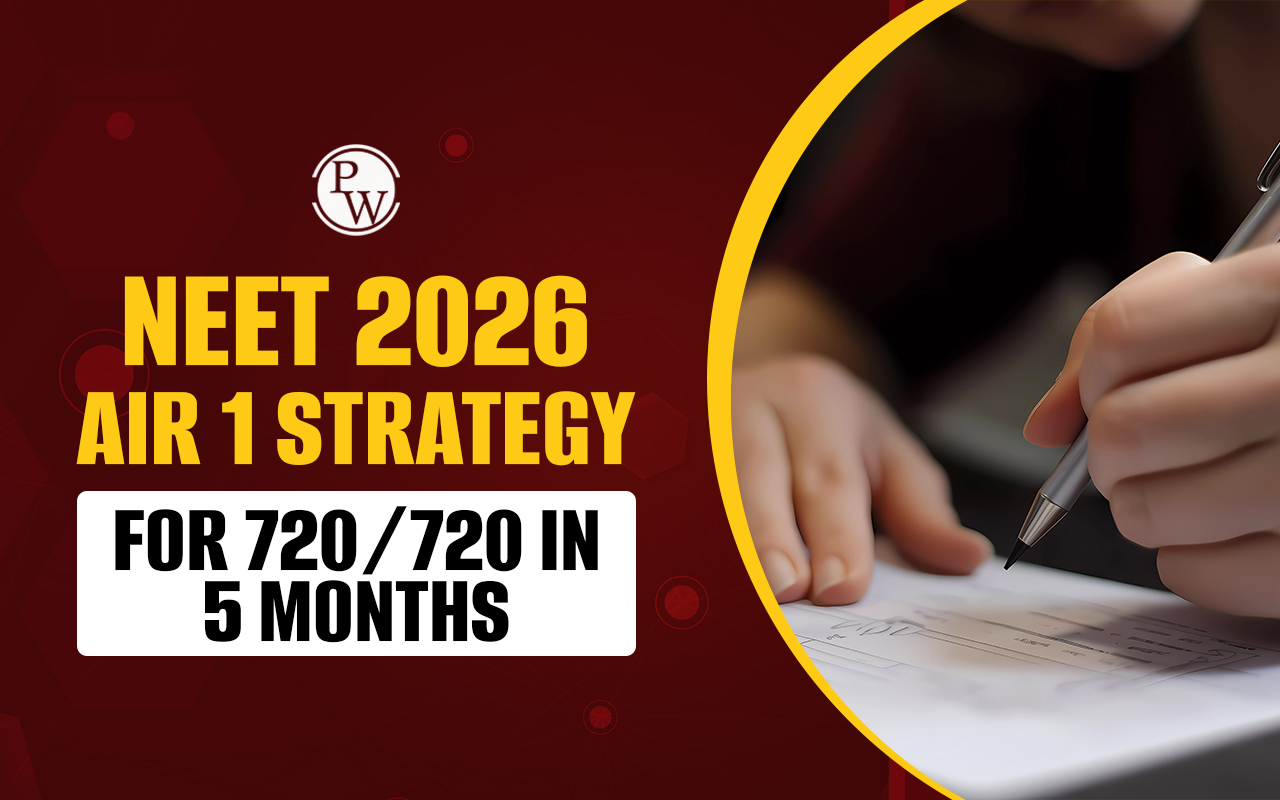
Difference Between Pollination and Fertilization: Pollination and fertilization are different processes. They are essential to plant reproduction. Pollination is the transfer of pollen from the male reproductive organ (anther) to the female reproductive organ (stigma). Various agents, like wind, insects, or animals, facilitate it. It initiates the reproductive cycle.
In contrast, fertilization is the fusion of male (sperm) and female (egg) gametes. It occurs after a successful pollination. This fusion leads to the formation of a zygote within the ovule, contributing to seed development. While pollination sets the stage, fertilization is the critical event ensuring genetic diversity and the continuation of plant species through the production of seeds. Read this article for details about pollination, fertilization, and their differences.| NEET Biology Syllabus | NEET Biology Diagrams |
| NEET Biology MCQ | NEET Biology Chapter wise Weightage |
| NEET Biology Notes | NEET Previous Year Question papers |
Difference Between Pollination and Fertilization Overview
Pollination initiates plant reproduction. It involves the transfer of pollen from the anther to the stigma. It is facilitated by wind, water, insects, or animals preceding fertilization. Pollination enables genetic diversity as pollen adheres to the stigma, and it aids in the formation of seeds. Fertilization follows pollination and transpires within the ovule in the ovary. It entails the fusion of male and female gametes. It is essential for seed development and the plant's life cycle.Difference Between Pollination and Fertilization
In plant reproduction, pollination and fertilization constitute essential steps for reproduction. Pollination contains the transference of pollen grains from the anther (male reproductive organ) to the stigma (female counterpart). This conveyance is facilitated through wind, insects, or animals. In contrast, fertilization denotes the fusion of male gametes (sperm) with female gametes (eggs). It yields a zygote within the ovule. These processes underpin genetic diversity and the perpetuation of plant species. It produces seeds essential for proliferation and sustained botanical existence. The complete difference between pollination and fertilization.
|
Difference Between Pollination and Fertilization |
||
|---|---|---|
| Basis | Pollination | Fertilization |
| Definition | The transfer of pollen grains from the male reproductive organ (anther) to the female reproductive organ (stigma) | The fusion of the male gamete (sperm) with the female gamete (egg) to form a zygote |
| Location | It occurs in the flower's reproductive structures, such as anther and stigma | It takes place within the ovule, which is located in the ovary of the flower |
| Agents | It can be facilitated by various means, including wind, water, insects, birds, or other animals | It requires the transfer of pollen, often aided by wind, insects, or animals, and the presence of sperm in the ovule |
| Transfer Medium | The pollen may be carried through air, water, or by animals (pollinators) | Sperm typically require a medium, often water in aquatic plants or the reproductive organs of pollinators in plants |
| Timing | Precedes fertilization, the first step in the reproductive process | Follows successful pollination, which occurs after the pollen tube delivers sperm to the ovule |
| Mechanism | It involves the transfer of pollen grains, which may adhere to the stigma through various adaptations | It involves the fusion of male and female gametes, usually facilitated by a pollen tube that delivers sperm to the ovule |
| Genetic Contribution | It contributes to genetic diversity through the mixing of pollen from different plants | It results in the formation of a zygote with a unique combination of genetic material from both parents |
| Role in Plant Reproduction | It is essential for the initiation of the plant's reproductive process, leading to the formation of seeds and fruit | It is essential for the development of seeds, which are crucial for the dispersal and continuation of plant species |
| Examples | Examples include wind pollination in grasses, insect pollination in flowers, and water pollination in aquatic plants | Examples include the fusion of sperm and egg in the ovule of a flowering plant, resulting in seed development |
Pollination
Pollination is a key process in the reproductive cycle of plants. It involves the transfer of pollen. It contains male reproductive cells, from the anther (male organ) to a flower's stigma (female organ). This transfer can occur through various agents, such as wind, water, insects, birds, or other animals. Successful pollination is essential for fertilization and enables the fusion of male and female gametes within the ovule. Pollination facilitates genetic diversity within plant populations and is a precursor to forming seeds and fruits. It ensures the continuity of plant species through seed dispersal and germination.
Process of Pollination
Pollination initiates plant reproduction as pollen grains land on the stigma, forming a pollen tube connecting to the ovary. Sperm cells travel through the tube, leading to fertilization with egg cells. Resulting seeds are released, capable of germination, ensuring the cyclical continuation of the plant's reproductive life.
- Initiation of Pollination: Pollination commences as pollen grains from flowers land on the stigma.
- Pollen Tube Formation: Pollen grains form a pollen tube with the style connecting the stigma and ovary.
- Transmission of Sperm Cells: The completed pollen tube facilitates the communication of sperm cells from the pollen grain to the ovary.
- Fertilization Process: Fertilization occurs when sperm cells reach the ovary and combine with egg cells.
- Seed Formation: Following fertilization, seeds develop within the ovary.
- Release of Seeds: The matured seeds are released from the parent plant.
- Germination and Growth: The released seeds have the potential to germinate and grow into a new plant.
- Continuation of Reproductive Cycle: The grown plant can produce flowers, initiating the reproductive cycle through pollination.
Types of Pollination
Pollination initiates plant reproduction as pollen grains land on the stigma. It forms a pollen tube connecting to the ovary. Sperm cells travel through the tube and lead to fertilization with egg cells. Resulting seeds capable of germination are released and ensure the cyclical continuation of the plant's reproductive life. The process of pollination is essential to the reproduction of all flowering plants. Two kinds of pollination are:
- Self-pollination : Pollen is transferred from the anther of one bloom on the same plant to the stigma of another flower in a process known as self-pollination. Pollen can be transferred by wind, gravity, or the plant, promoting genetic uniformity.
- Cross-pollination : It is the pollen movement from one flower's anther to another flower's stigma on a different plant. They are frequently aided by the wind, birds, insects, or other animals, which increases genetic variety.
- Wind Pollination : In wind pollination, pollen is carried by the wind to reach the stigma of a flower. It produces lightweight, abundant pollen but lacks showy petals.
- Insect Pollination : It is facilitated by insects, like bees, butterflies, or beetles. Flowers often have bright colors, nectar, and specific shapes to attract and guide insects.
- Bird Pollination : Bird pollination carried out by birds is commonly seen in bright colors. Flowers adapt to bird beaks and tongues.
- Water Pollination : Water pollination occurs in aquatic plants with pollen from water currents. Pollen is often buoyant, and flowers are inconspicuous.
Fertilization
Fertilization is a fundamental life process. It occurs by fusing male and female gametes, forming a zygote. In humans, this key event takes place in the fallopian tube. The process begins with coitus, where semen is inseminated into the female vagina. The sperm traverse the uterus and aim to reach the opening of the fallopian tube. Simultaneously, the mature secondary oocyte is released from the Graafian follicle in the ovary and enters the fallopian tube, where fertilization occurs within a 24-hour window. Despite the presence of numerous sperm, only one successfully fertilizes the oocyte. During meiosis II, the sperm enters, contributes genetic material to the secondary oocyte, and completes the process. Post-fertilization is when the secondary oocyte transforms into an egg. This complex dance of events emphasizes the complexity and accuracy of the human fertilization process.
Steps of Fertilization in Humans
The fertilization process in humans unfolds through several stages, marked by intricate chemical and physical events. These stages are outlined below:
- Acrosomal Reaction: During this stage, the sperm undergoes an acrosomal reaction, releasing chemicals called sperm lysins from the acrosome. The acrosomal reaction causes the fusion of the plasma membranes of the secondary oocyte and the sperm, enabling the entry of sperm contents.
- Cortical Reaction: Following membrane fusion, the oocyte undergoes cortical reactions. Cortical enzymes are released within the zona pellucida and the plasma membrane by cortical granules located under the oocyte's plasma membrane. Cortical enzymes harden the zona pellucida, further preventing polyspermy.
- Sperm Entry: The secondary oocyte forms A cone of reception at the point of sperm contact, facilitating sperm reception.
- Karyogamy: After sperm entry, the suspended second meiotic division in the secondary oocyte is completed. This completion results in the formation of a haploid ovum and a second polar body.
- Activation of Eggs: Sperm entry triggers metabolic changes in the zygote, increasing protein synthesis and cellular respiration.
Physics Wallah offers a variety of NEET online courses that can help candidates crack the NEET 2024 exam. Our NEET Online Coaching program includes regular assessments, mock tests, and doubt-clearing sessions.
Difference Between Pollination and Fertilization FAQs
What is a pollen grain in plant reproduction?
What is the role of a pollen grain in fertilization?
Is there sperm present in a pollen grain?
What happens in flowering plants when they are twice fertilized?
What are the stages of fertilization?










